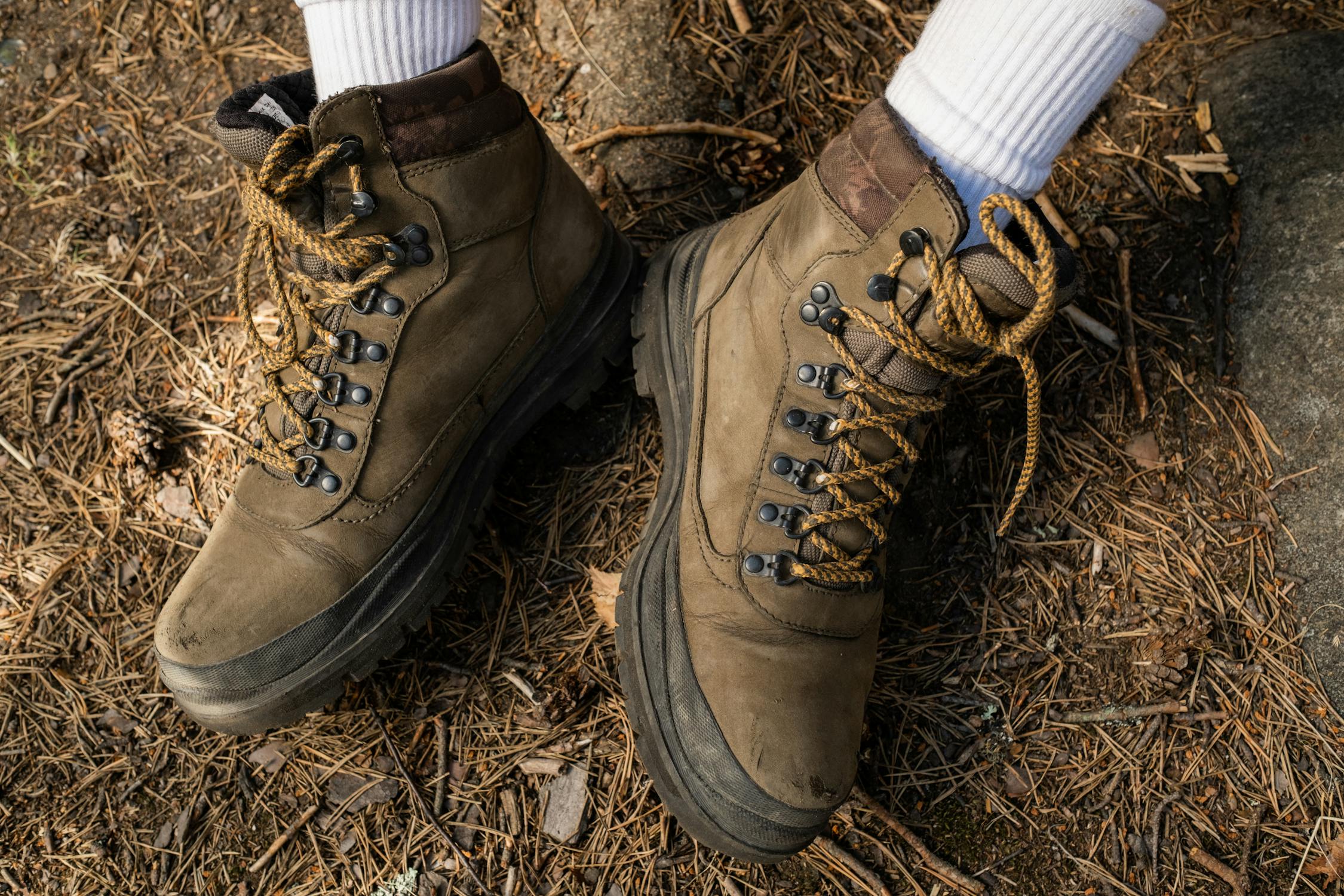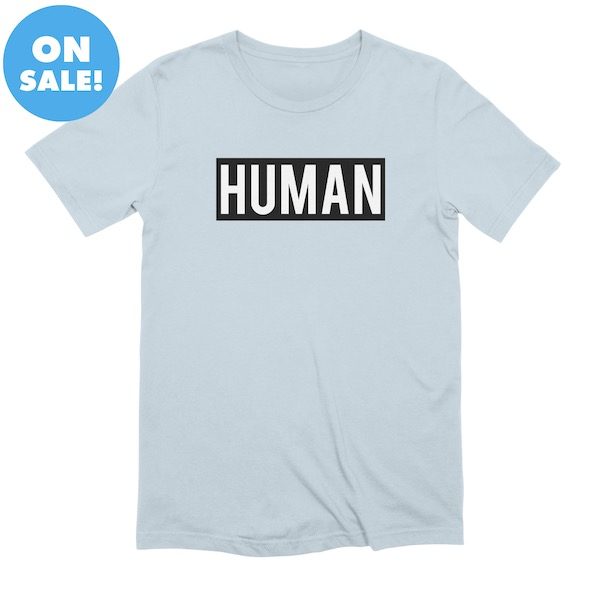As hiking is one of the most preferred outdoor activities, when planning to go hiking, it is vital to prepare beforehand. One of the most critical parts of preparation is buying hiking socks that would be perfect for your hiking plan. Socks for trekking are frequently dismissed as being unimportant. But now, there is an increased awareness about the importance of hiking socks. Before buying the socks, you should consider some factors, so you don’t waste your money.


Essential factors to consider
- Choose the right height
Hiking socks come in a variety of heights, from those that barely peek out from under your shoes to those that almost reach your knees. Examine your shoes to determine the appropriate height. To prevent your skin from brushing against your footwear directly, look for socks higher than the cuffs on your boots or shoes.
- Check different fabrics
Most hiking socks are composed of fabric blends to combine the most outstanding features of both worlds. Typical materials you might encounter include:
- Cotton: Cotton absorbs moisture despite being soft and comfortable next to the skin. Cotton socks can get wet and cause chafing and blisters if your feet are sweating.
- Wool: Socks made of wool regulate body temperature and are antibacterial. As a result, they won’t smell and will maintain the ideal temperature for your feet. Additionally, they dry quickly and wick away moisture. You may see socks made of merino wool or Smartwool, soft materials that won’t hurt your skin.
- Polyester is a strong, breathable, insulating, moisture-wicking, and quick-drying synthetic material. It is frequently used with nylon, elastane, cotton, or wool. A type of polyester fabric called Nike Dri-FIT is excellent at spreading moisture for fast evaporation.
- Nylon: For durability, nylon is frequently incorporated into other materials.
- Elastane: A small amount of elastane is frequently added to offer stretch and prevent bunching.
- Look for Cushioning
Although mountaineering or full cushion socks tend to be thicker and may make you perspire, extra cushioning in your hiking socks can lessen pressure on your feet over long distances and keep you cosy and warm in cold weather. For warm-weather days, uncushioned socks are best. While providing some cushioning at pressure points, ultralight cushioned socks are nonetheless more breathable than they are warm. Additionally, medium-cushioned socks are excellent for prolonged excursions in temperate conditions. For breathability, a hiker should search for socks constructed from wicking materials, regardless of weight.
- Check the fitting
Having proper-fitting socks will keep your feet comfortable when trekking. Your socks may have wrinkles that irritate and could result in a blister if they are too big. If they are too tiny, pressure points and sock slippage can occur.
Knowing your actual foot size instead of your shoe size may help you choose the correct size, as often individuals size up in shoes, which can result in purchasing overly big socks.
Conclusion
Look for hiking socks of the correct length, with the right cushioning, and suitable materials (avoid cotton-based materials). Additionally, remember to consider the surroundings and the predicted weather when making your decision.

